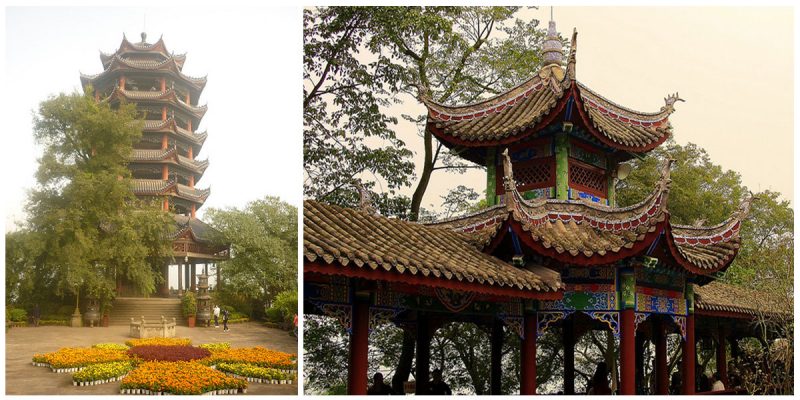Located on the Ming Mountain on the northern bank of the Yangtze River, Fengdu Ghost City is a large complex of shirnes, temples, and monasteries, combining the cultures of Confucianism, Taoism, and Buddhism.
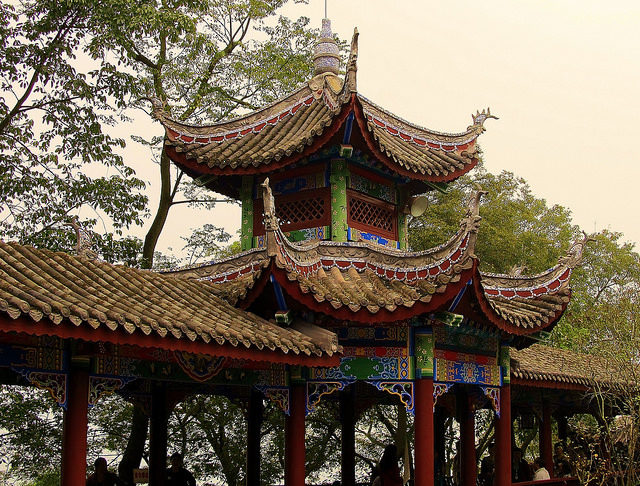

According to legend, Fengdu got its name as the Ghost City in the Eastern Han Dynasty when two imperial officials, Yin Changsheng and Wang Fangping, decided to come to Ming Mountain to practice Taoism teachings and, in the process, became immortals. Combining their two names produces the term “Yinwang” meaning the “King of Hell”. From this definition, some Chinese believe that Fengdu is the place where the devil lives.
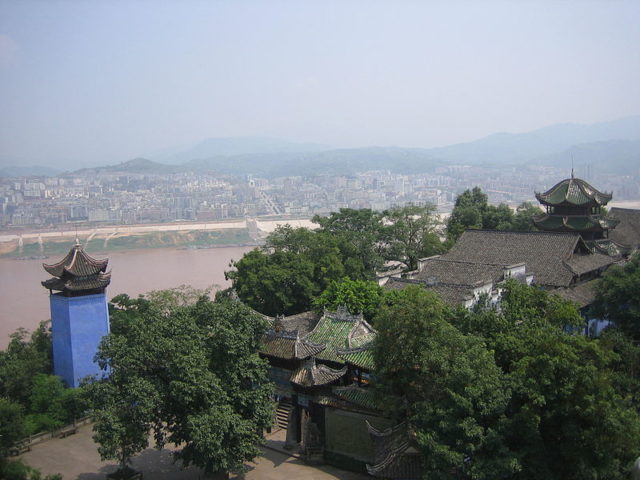
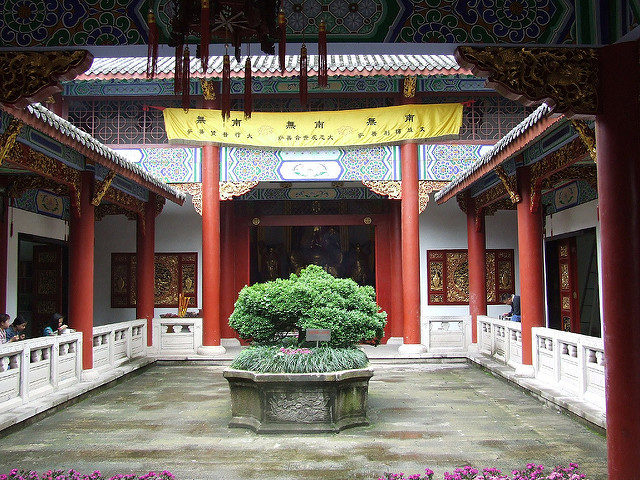
The city consists of buildings, structures, dioramas and statues related to Diyu and Naraka (in Sanskrit), the realm of dead or hell in Chinese mythology. It is modeled to resemble Youdu, the capital of Diyu, and it is generally conceived as being similar to a typical Chinese city, but surrounded with darkness. Due to the construction of the 3 Gorges Dam, the ghostly city is underwater. However, a hill and dozens of temples remain.
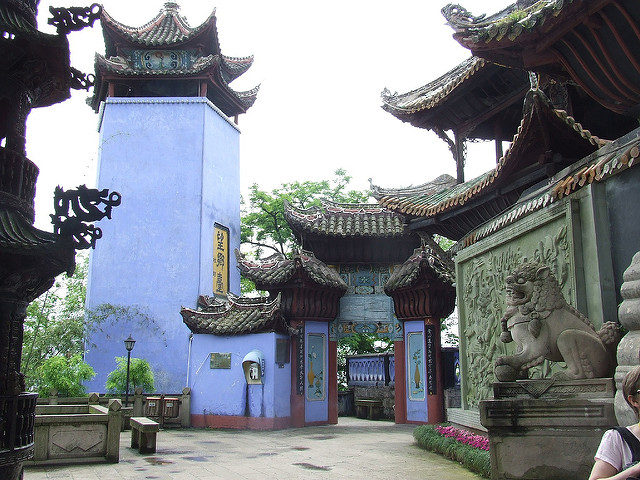
Most of the popular landmarks in Fengdu have names that reference the afterlife, such as – Nothing-to-be-done-Bridge, Ghost torturing Pass and Last Glance at Home Tower.


The dead must undergo three tests to enter the dead world. First, they must pass the Bridge of Helplessness or Nothing-to-be-done-Bridge. This stone bridge was built during the Ming Dynasty and is a test for Good and Evil. Virtuous people will pass over the bridge and villainous people will fall in the pools below.


Ghost Torturing Pass is the second test where people present themselves for judgment before Yama, the King of Hell, in an area with large sculptures of demons.
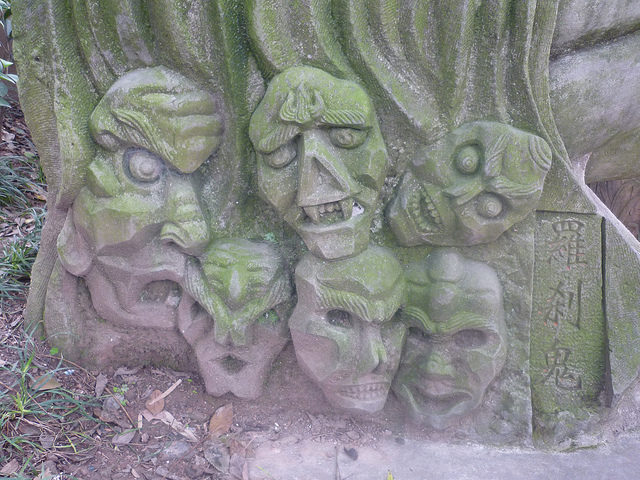

The third test is at the entrance to Tianzi (Son of Heaven) Palace, the largest and oldest building. People must stand on a stone on one foot for three minutes and if they are not able to do this they are going to hell.
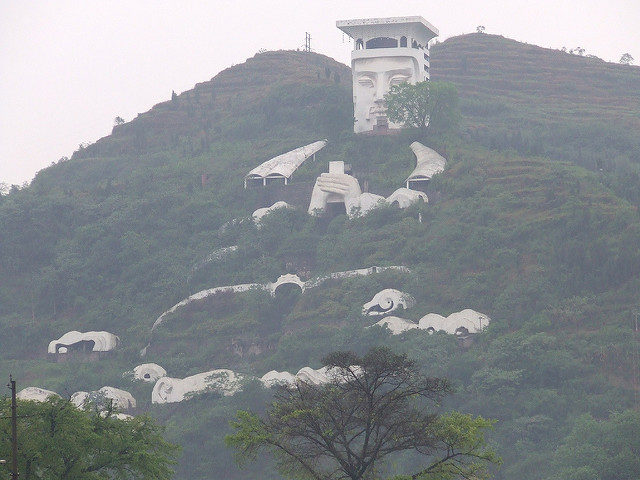
The biggest sculpture in Fengdu is “The Ghost King” and it holds a Guinness World Records title as the biggest rock carved sculpture that can be seen from all around the city.
